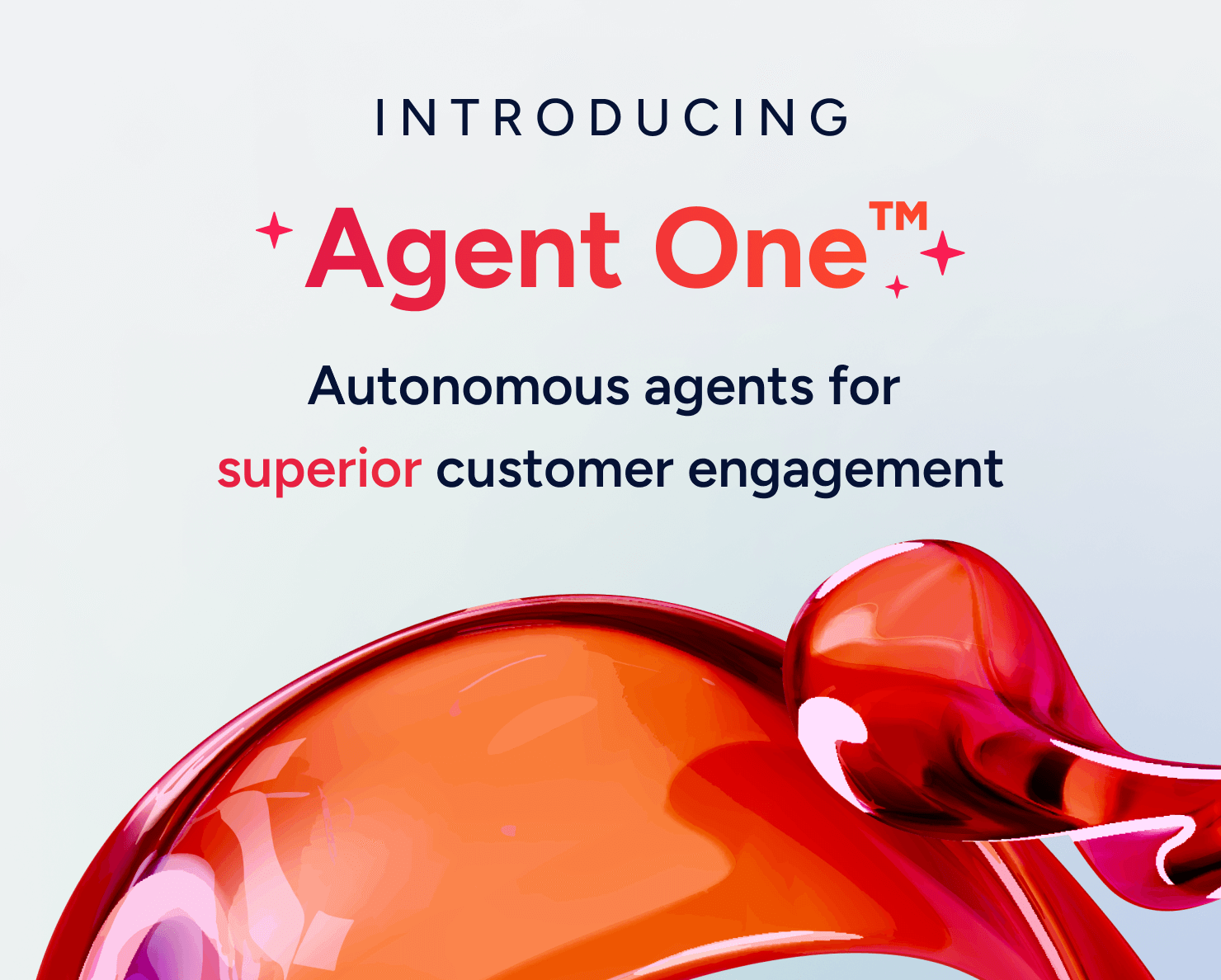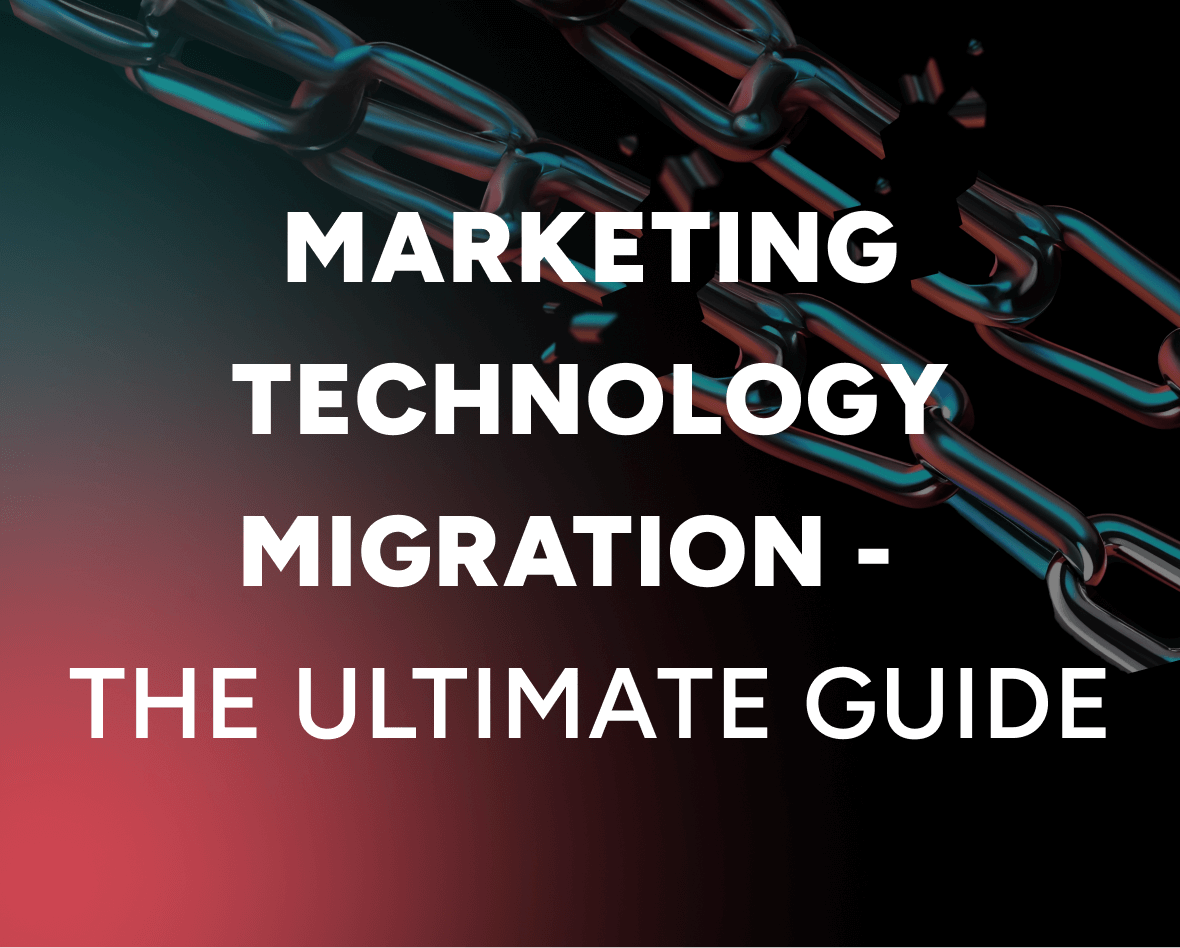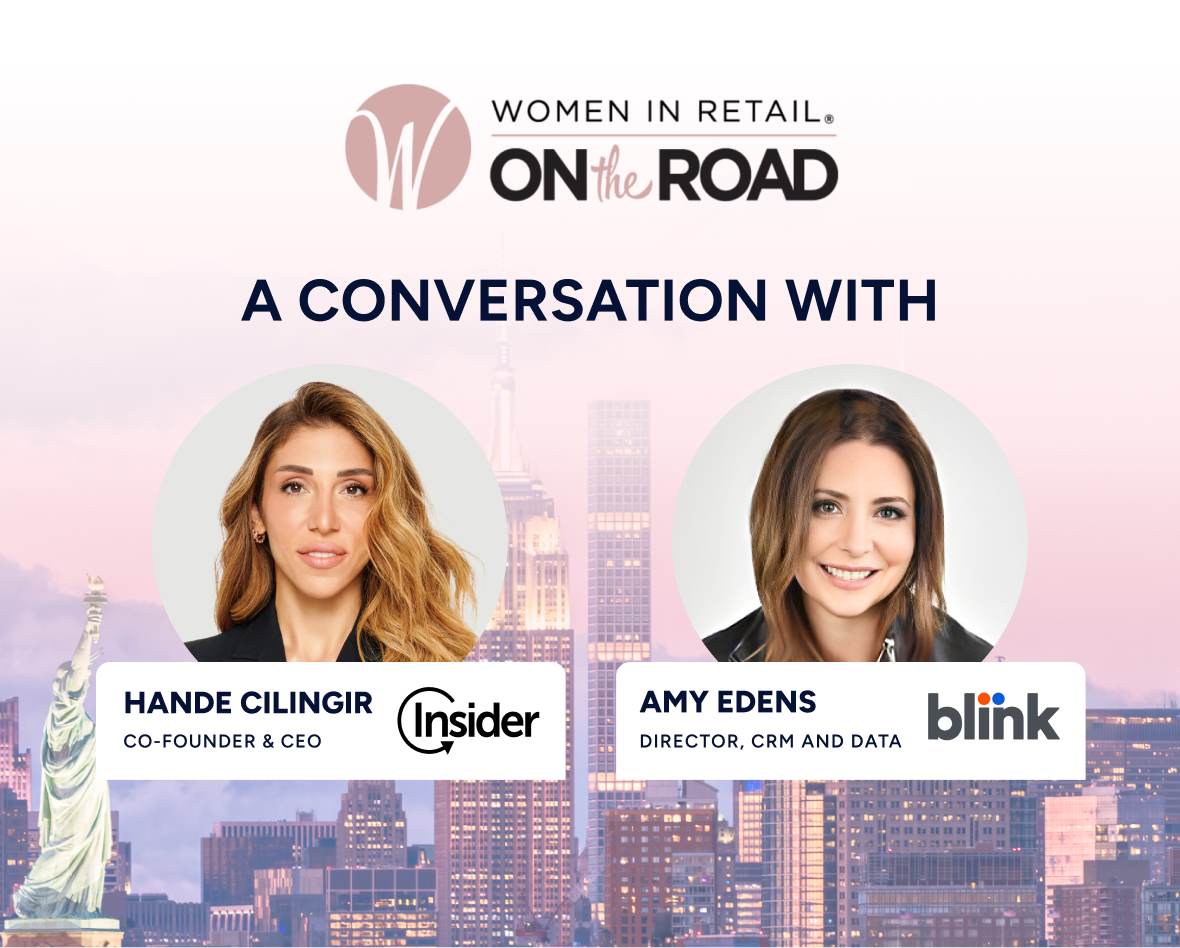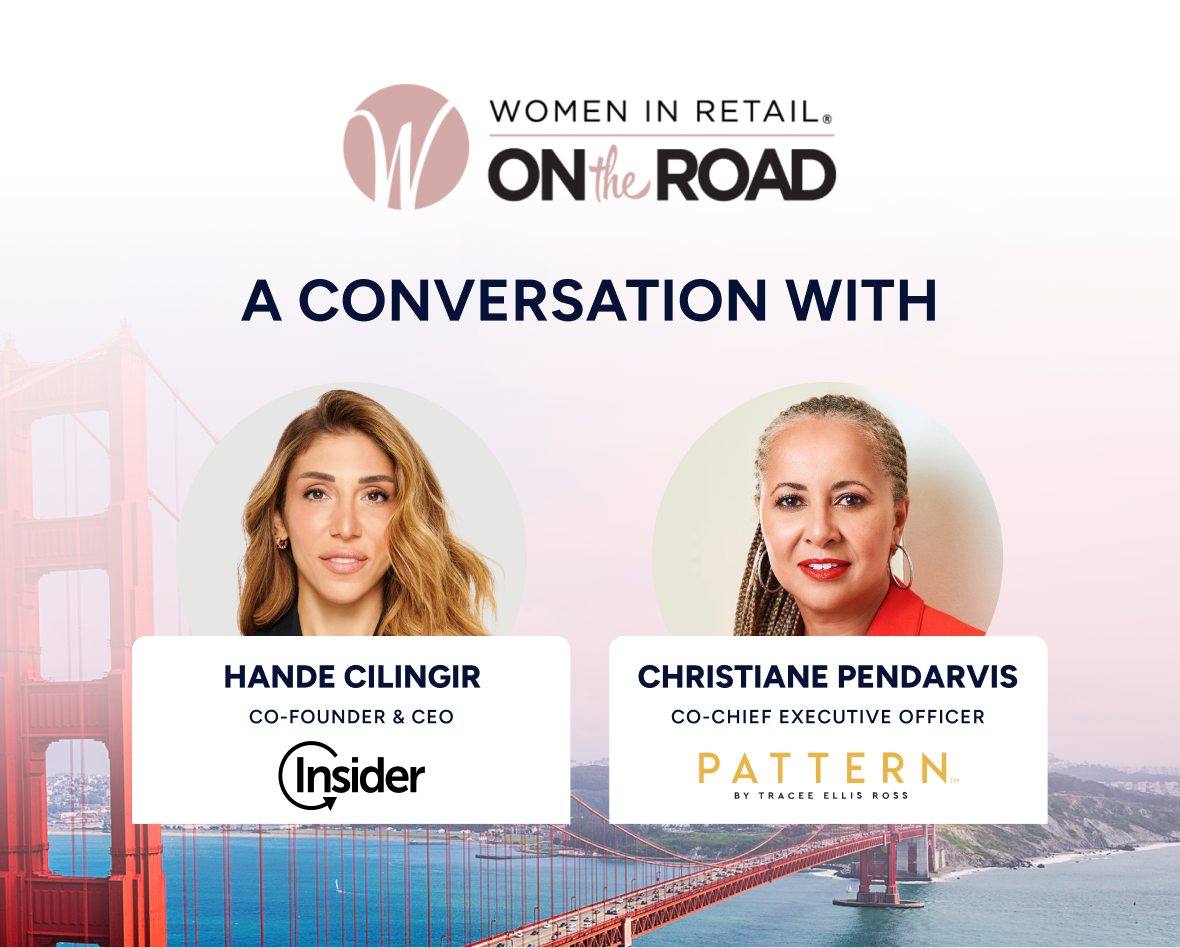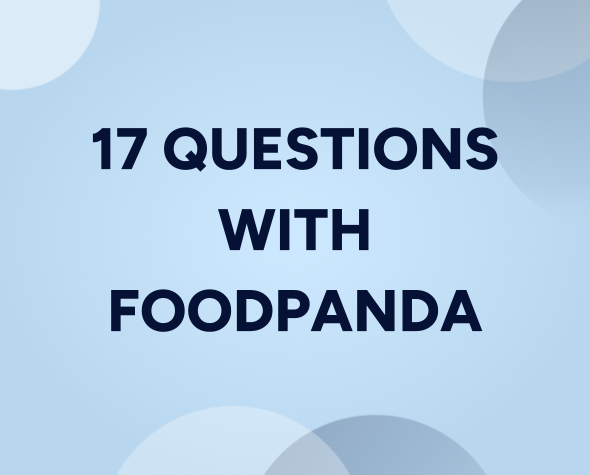Google Reverses Course on Third-Party Cookies: What This Means for Marketers
Google’s U-turn on its plan to eradicate third-party cookies has been met with a mix of relief and frustration from marketers. After years of deliberation, Google announced through its Privacy Sandbox that it will not be phasing out third-party cookies from the Chrome browser after all. So, what changes? In reality – nothing. Let me explain.
Updated on 30 Jan 2025
In a blog post on Monday, Anthony Chavez, VP of the Privacy Sandbox, stated that the company would introduce a new experience in Google Chrome that lets people “make an informed choice that applies across their web browsing, and they’d be able to adjust that choice at any time.” There are no further details, and it’s not clear what this experience would look like, how Chrome users would be presented with this choice – or how this would work in practice. According to Chavez, Google is “discussing this new path with regulators” and plans to “engage with the industry as we roll this out.”
What does this mean for the industry?
The broader market shift to a privacy-first internet remains, and consumers are still more data-conscious than ever. The latest Forrester Consumer Benchmark Survey found that 45% of online adults take steps to limit the data apps and websites collect about them when using connected devices. The pool of users who can be tracked via cookies is still decreasing and will continue to deplete as privacy protection grows in importance.
One critical consequence of this diminishing audience is going to be – an impact on your bottom line. The reality facing marketers is that the cost of reaching their consumers through third-party cookies via online advertising is likely going to rise, reducing the impact of this method of advertising on your bottom line. Here’s why: digital ad spending was already forecasted to increase by 13.2% this year, and we haven’t even hit the peak season yet. With the Olympics, the US election, and the holiday season approaching, ad inventories will become even more expensive due to the supply and demand dynamics. As audience sizes dwindle, the cost to target them will inevitably climb. This means brands will face higher costs to reach and convert fewer customers using third-party cookies.
The most successful marketers will learn how to deliver effective personalized experiences in an increasingly privacy-conscious world.
Even if Google gets a green light from the regulators, the impact on marketers will be minimal.
Let’s look at the numbers
Chrome dominates market share with 63.6% of internet users worldwide. To give context on what the possible adoption of these new privacy settings could be, we can look at Apple’s Intelligent Tracking Prevention as a precedent. When introduced, 66% of users opted out of tracking. This time, more users are likely to opt out of cookies as consumer privacy and data concerns have continued to grow.
What does this mean for marketers?
In an era where consumer privacy is paramount, marketers must innovate and adapt. Relying solely on third-party cookies is an outdated strategy. Instead, investing in cookieless personalization and leveraging zero/first-party data will be key to building long-term customer loyalty. Marketers can deepen customer connections by collecting and storing first-party data through innovative digital marketing strategies. One method is through Conversational Commerce, which allows consumers to have enriching two-way dialogues with brands. Another is through dynamic content and gamification of data collection that can be delivered straight to inboxes with AMP for Email, featuring interactive forms that can help gather preference data. Another is through having a flexible CDP that brings online and offline together, eliminating data silos and creating unified profiles for all customers.
At Insider, we’ve worked closely with our 1,200+ clients, taking a proactive approach to help marketers prepare for and address these fundamental shifts with third-party cookie alternatives. Here’s how:
Cookieless Personalization: Our personalization engine at Insider enables you to deliver a highly tailored customer experience that consumers expect without relying on cookies. By leveraging product and context-based data, you can offer precise recommendations, personalized search experiences, gamified interactions, and more—all from the first interaction.
Zero/First-party Data: Collecting zero and first-party data is crucial for building a robust personalization strategy. At Insider, we help you gather preference data directly from your customers. This includes their interests, past product preferences, budgets, and more through interactive experiences like AMP emails, web stories, surveys, and feedback forms.
The brands that embrace and adapt their data strategies to accommodate privacy-conscious customers and learn to earn zero-party and first-party data will ultimately be the ones that win, generating more revenue per customer without increasing spend.
You can read more about these strategies here. If you want to build a cookieless personalization strategy, contact us for more information.. each your business goals.
FAQs Regarding Google’s Plans for Third-Party Cookies
What is a third-party cookie and how do third-party cookies work?
A third-party cookie is a small piece of data stored on a user’s device by a website other than the one they are currently visiting. These cookies are used to track user behavior across different sites, deliver targeted ads, and measure advertising performance.
What was Google’s original plan regarding third-party cookies?
Google initially planned to phase out third-party cookies from the Google Chrome browser, aiming to enhance user privacy.
What has Google decided now about third-party cookies?
Google has decided not to phase out third-party cookies from Chrome. Instead, they will introduce a new experience in Chrome that allows users to make informed choices about their web browsing privacy settings. We expect a high percentage of users to opt out of being tracked, thus making it impossible to track a large number of users.
What will the new Chrome experience entail?
Details are currently unclear. Google has stated through its Privacy Sandbox that users will be able to adjust their privacy choices at any time, but specifics on how this will work or be presented to users are not yet available.
How are marketers reacting to this decision?
The marketing industry’s reaction is mixed, with some marketers feeling relieved and others frustrated. The broader shift towards a privacy-first internet continues, and consumers remain highly data-conscious, which impacts the marketing industry.
What does this change mean for the digital advertising industry?
The pool of trackable users is decreasing, and the cost of online advertising is expected to rise due to increasing demand and shrinking audience sizes.
Why will the cost of digital advertising increase?
With major events like the Olympics, the US election, and the holiday season, ad inventories will become more expensive. Additionally, as audience sizes dwindle, targeting them will become more costly, affecting advertising costs.
What strategies should marketers adopt in response to these changes?
Marketers should focus on delivering personalized experiences with third-party cookie alternatives. Investing in cookieless personalization, leveraging zero/first-party data, and utilizing methods like conversational commerce and dynamic content are essential.
What is cookieless personalization?
Cookieless personalization involves using product and context-based data to provide tailored customer experiences without relying on cookies. This can include precise recommendations, personalized search experiences, and gamified interactions.
How is Insider helping marketers adapt to these changes?
Insider is able to adapt to these shifts by offering solutions for cookieless personalization and zero/first-party data collection. We help brands create unified customer profiles and deliver highly tailored experiences.
Where can I learn more about building a cookieless personalization strategy?
For more information, you can contact Insider or their team, who are available to assist in navigating these changes and building effective digital marketing strategies. We also have a blog post outlining some details here.
What are the marketing trends for 2025 in response to these changes?
Marketing trends for 2025 include a greater focus on privacy protection, the use of zero/first-party data, and innovative approaches to personalization that do not rely on third-party cookies enabled by default. Marketers must adapt to a more privacy-conscious consumer base and find new ways to engage and convert customers.

